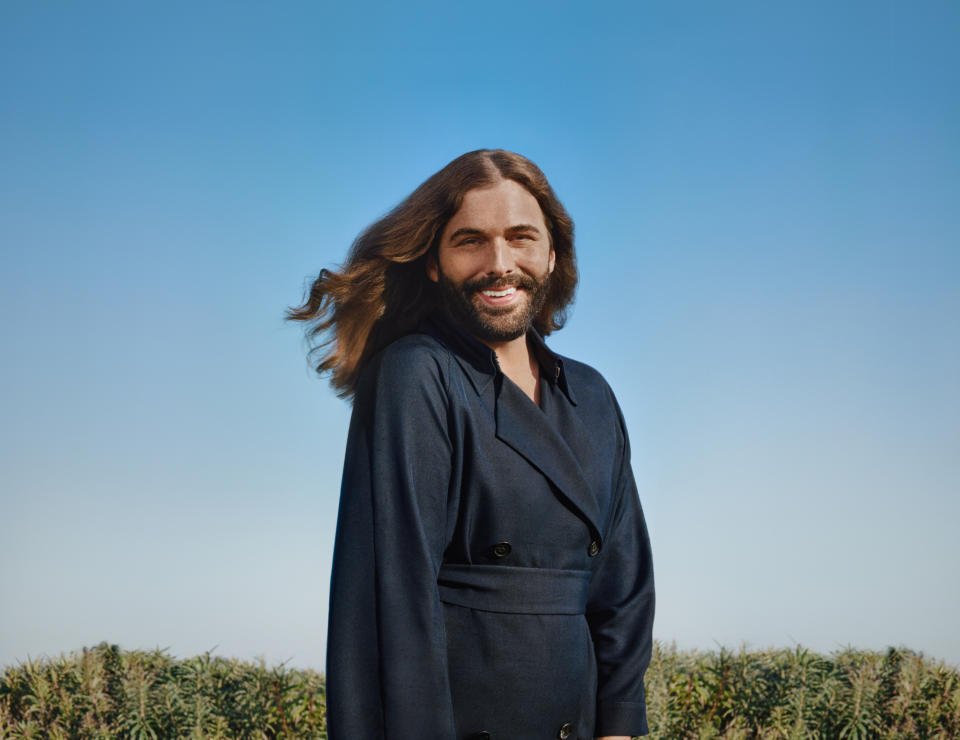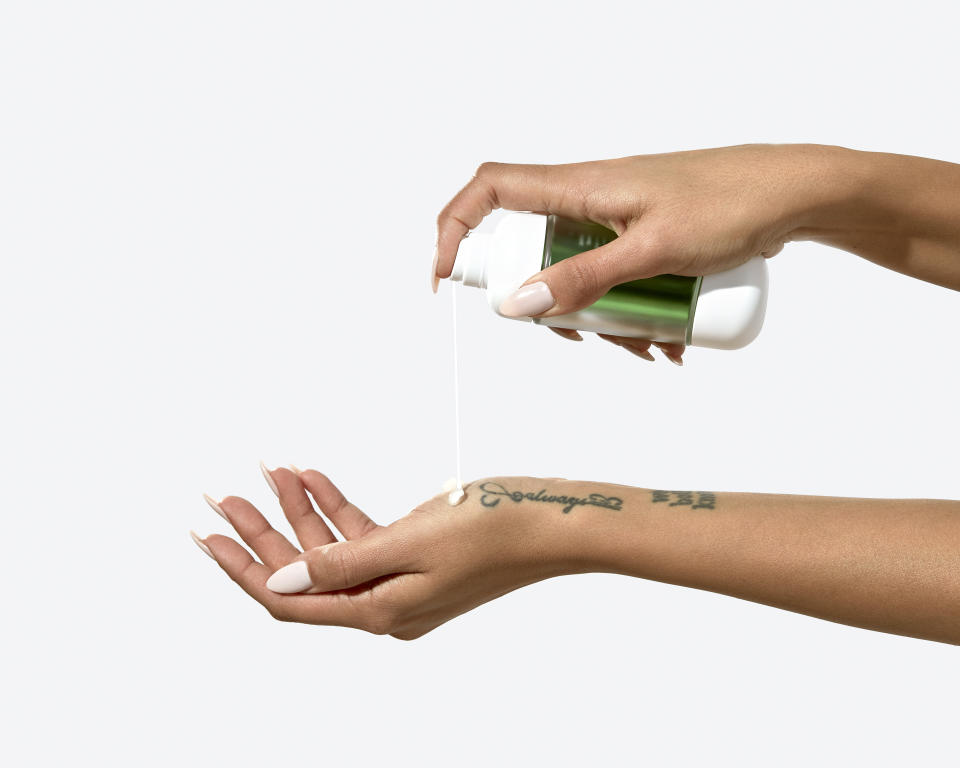What to Watch: The Beauty M&A Landscape

After a fairly quiet summer deal-wise — apart from E.l.f.’s unexpected acquisition of skin care brand Naturium — beauty companies are gearing up to make moves. But don’t expect the usual September flurry of activity.
“The flurry of deals launching will really come towards the end of this year and through the beginning of next, versus what used to be the case when Labor Day comes around and all of a sudden every deal is coming to market,” said Ashleigh Barker, a director and head of beauty and personal care at Lincoln International’s consumer group.
More from WWD
She noted that many brands are waiting for results or feedback from retailers so they go to market armed with the facts to prove they’re an attractive buy and secure their preferred valuation terms. “There’s a benefit for them to take a little bit more time to make sure things are really buttoned up and that there’s more visibility on some of the growth initiatives or opportunities that could come in 2024,” Barker said.
Having all that has never been so important as buyers, especially strategics, have become increasingly picky over potential assets, based on what they already have on their rosters due to a big acquisition spree over the past decade and changing consumer trends.
Ilya Seglin, managing director at Threadstone LP, added that coming to market toward the end of the year allows a brand to market the 2024 outlook, after a challenging 2023 for some.
“Realistically if you came to market in May, June and are hoping open to close by the end of the year, people are really valuing you off the 2023 numbers. I just think there’s so much consumer uncertainty that buyers and investors are not yet taking a leap of faith and are basing their value on 2024 numbers.”
Indeed, a slew of retailers including Bath & Body Works, Kohl’s and Macy’s, have reported that consumers tightened their purse strings during the most recent reporting quarter amid economic uncertainty and the back-and-forth over student loan debt forgiveness.
There are, however, some significant players already in the market. As reported by WWD, K18 and Tree Hut are among the brands that have tapped bankers to help them secure a deal, although sources believe the latter has paused its process amid a misalignment in valuations.
On the buyer side, Orveon, which acquired Bare Minerals, Laura Mercier and Buxom in a $700 million deal that closed in 2021, is one of the companies actively looking to add two skin care brands to its portfolio.
“My dream is to have one by the fourth quarter,” said Pascal Houdayer, chief executive officer of Orveon. “I have no limitation in terms of geographic footprint.”
Then there’s Amyris. The onetime biotech darling turned Chapter 11 bankruptcy case is putting many of its consumer brands up for sale, although a timeline is unknown. These include Naomi Watts’ menopausal beauty brand Stripes, color cosmetics line Rose Inc. with model Rosie Huntington-Whiteley, and hair care brand JVN with “Queer Eye” star Jonathan Van Ness. It originally launched with Biossance, centered around Amyris’ star ingredient, squalane.

A banking source said that there is likely to be most demand for Biossance, launched in 2016, and JVN, but the sale process for the prior may be complicated. That’s because its key ingredient is squalane derived from sugarcane; it’s produced by Amyris but owned by Givaudan. A separate source described Biossance as “a great brand with lots of support from Sephora,” adding that there will definitely be interest in it.
There is expected to be interest around Rose Inc., too, and some have speculated whether the celebrities themselves will try to buy the brands they are affiliated with.
Brazilian beauty conglomerate Natura & Co also recently revealed that it was mulling a potential sale of The Body Shop.
As for strategics, The Estée Lauder Cos. Inc. is likely to be taking a deep breath and pausing on any big moves after acquiring Tom Ford in a deal valuing the brand at $2.8 billion.
Lauder’s chief financial officer Tracey T. Travis recently told WWD: “We are always looking at where we have white space opportunities within a portfolio, but I would say that’s a bit slower right now. We have the Tom Ford acquisition that we’ve just done and the Deciem upcoming pending acquisition.”
There will likely be some small deals, though, through its New Incubation Ventures launched in March 2021. It has already invested in grooming brand Faculty, at the time valuing it at $3 million, and put money into British natural skin care and fragrance brand Haeckels.
This practice is becoming more common among beauty’s biggest players. Instead of only making very big bets, they appear to have changed tactics and are also making a number of smaller wagers on what the future looks like through investments in very early-stage beauty and tech companies. Some companies are making investments as low as $50,000 in emerging brands and many are capped at around $10 million.
L’Oréal, meanwhile, is understood to still be in an acquisitive mood even after spending lots of cash on Aesop in a deal that valued the Australian luxury personal care brand at $2.5 billion. Speculation continues to circulate that L’Oréal could be a potential home for K18.
And it’s not just M&A that is expected to pick up at the end of this year and beginning of next, with beauty companies looking for an exit also increasingly mulling an initial public offering after the success of Il Makiage and SpoiledChild owner Oddity.

Names that have been thrown around in the beauty industry as potential future IPOs include Harry’s, Function of Beauty and even lifestyle brand Goop, which could follow in the path of Kim Kardashian’s Skims.
“Clearly, IPOs will be a big part of next year with the markets opening,” said Lindsay Carlson, a managing director at investment bank William Blair, said. “With Oddity opening the beauty narrative, we’ll see more to come to in terms of not just M&A and growth capital raises but IPOs as well.”
But with Olaplex proving to be the cautionary tale as it struggles on the public markets following its IPO in 2021, brands will have to tread carefully.
Best of WWD

